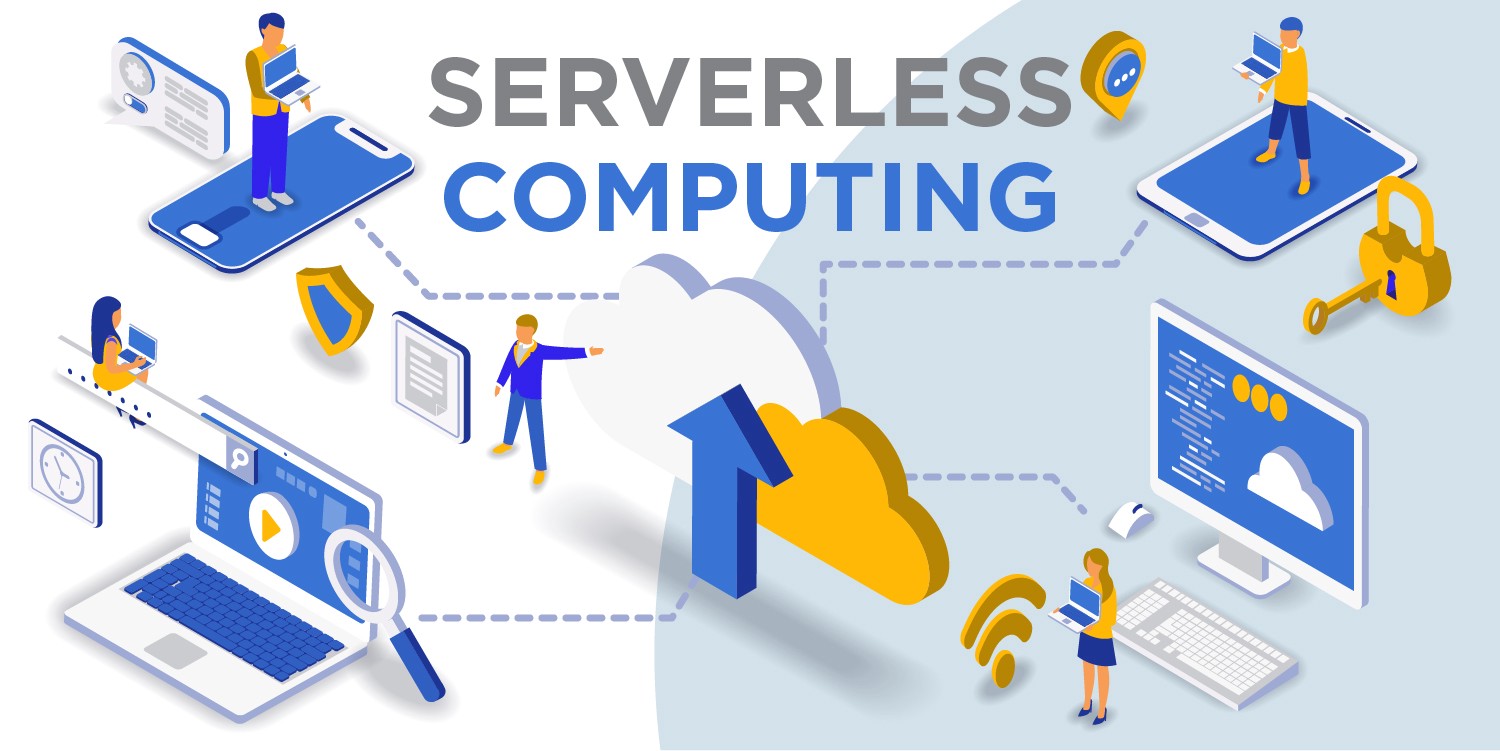
What is serverless computing?
Serverless computing is a method that allows you to build and run applications and services without worrying about servers. Servers are still used in this, but the developers do not have to worry much about them.
Serverless computing lets developers focus on important things of an application like tasks levels instead of servers. A company that provides serverless computing services charges on the basis of computation and not on the basis of fixed amount of bandwidth or number of servers.
Also Read: Cloud Computing Predictions for 2022
How serverless computing was created?
In the beginning of the web, owning physical hardware was necessary to develop a web application, which was quite expensive.
After this, cloud computing was developed and developers could rent a fixed amount of servers remotely to function their web application. Most of the time, these developers would purchase or rent extra servers in case there is an increase in traffic or activity that will exceed their monthly limited servers and break their application. This means that most of the time, the extra server space was getting wasted and yet developers were paying for that space. This issue was also resolved with auto scaling models, but even with these models an unwanted increase in activity was very expensive.
Serverless computing allows developers to purchase server space as they need on a flexible “pay as you go” basis. This means that a developer has to only pay for the servers they were using.
What are the pros of serverless computing?
1. No server management:
Serverless computing does not mean that there are no servers, but it definitely means that developers or companies do not have to worry about these servers. These servers are managed by vendors and developers can focus on expanding their application without being worried about their server capacity.
2. Lower cost:
This is, obviously, very cost effective because a developer is only paying for the server space they are using.
3. Flexible scalability:
This is one of the important advantages of serverless computing. A developer does not have to worry about scalability of their web application because serverless computing has the ability to scale according to traffic volumes.
4. Fewer things to worry:
A company or developer does not have to worry about security, patch, bugs and many other things because their servers are managed by vendors.
Also Read: 4 Myths of Cloud Computing
What are cons of serverless computing?
1. Not suitable for long term tasks:
Serverless are a good option for short term or real time tasks. If a task takes longer time to complete then the company might end up paying more for compute time. For example, if a large file has to be uploaded that takes more time then it will require additional functions till it’s complete and the developer ends up paying more for that.
2. High non-performance penalty:
A business pays for what they use, but if they end up not using these functions then there will be a high non-performance penalty. These functions may suffer from cold start penalty as well and can be very slow when used after a certain period of time.
3. Vendors lock in:
When a business depends on a vendor for all its backend services for a web application, it ends up losing control over their hardware, updates and run times. If a business commits to a vendor then that commitment is for a longer period of time. If they want to switch then it gets very difficult. A business or developer has to re-engineer if they wish to switch to another service provider.
4. Security concerns:
New security concerns are introduced when a vendor provides servers to a business. This can be a huge problem if the application contains personal or sensitive information like credit card details. This happens because companies are not given their own physical servers, vendors will be running code for many customers on a single server.
Recommended Read: Pros and Cons of Artificial Intelligence in Cloud Computing
For more articles like “Pros and cons of serverless computing”, follow us on Facebook, Twitter, and LinkedIn.